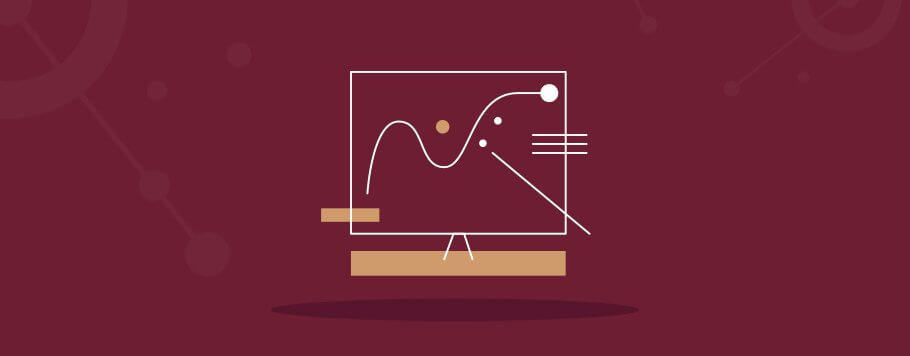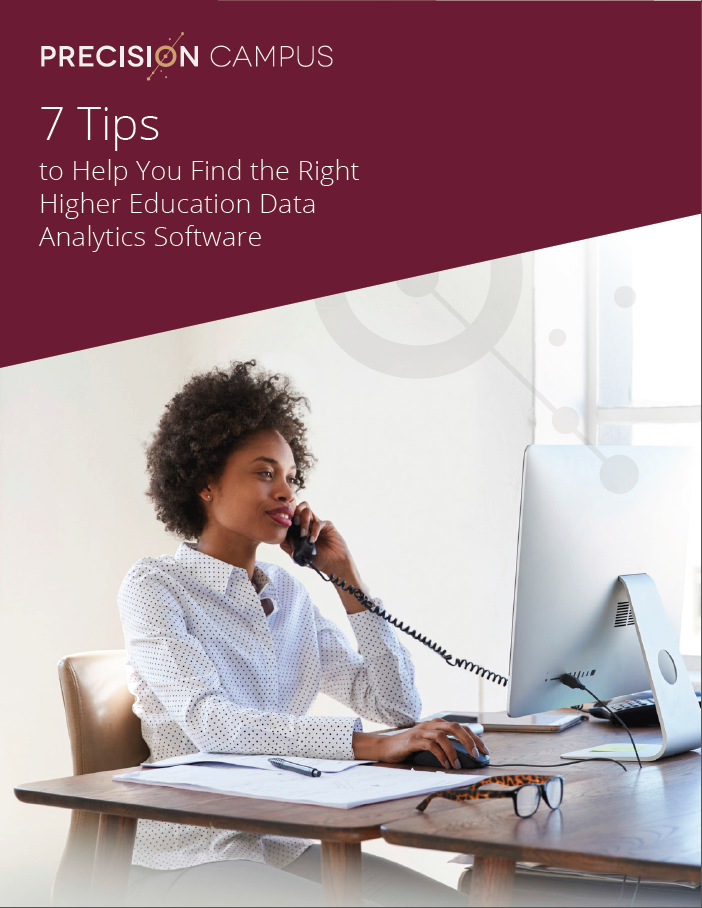Deciding to implement higher education software at your college or university is just the beginning of your relationship with data analytics. Using, assessing, managing and putting all your data to work for the benefit of your institution is an entirely different ballgame.
The higher education sector is known to be a bit reluctant when it comes to integrating new practices. Because of this, institutions can run into challenges that are a result of their apprehensions and uncertainties. So, to avoid any bumps along the road, use our tips below to make sure your transition to a higher education software program is as successful as possible.
- Take your time to adjust
Yoda summed this up best when he said, “Patience you must have.” But Yoda didn’t have the pressures of retention rates, success rates, completion rates and other measurements weighing heavy on his shoulders.
It will be tempting to immediately dive right into your higher education software to start pulling reports. However, just like with anything else that involves change, there’s going to be an adjustment period.
First, the software company you decide to work with will need time to migrate your data into the new system. This could take several days to a few weeks depending on the amount of data you have and the speediness of the company.
Once your data has been migrated, the adjustment period really begins. Whether it’s your first experience with a higher education software program or you’re switching from a different platform, give yourself time to navigate your new system before you make any data-driven decisions. You’ll be using the software to help you make important decisions, so jumping right in without getting your feet wet first is not a good idea.
While you’re in the onboarding stages, there’s plenty you can do to set yourself up for success. Take your time developing a plan of attack (more on that later) and acclimate yourself to the ins and outs of the program. Work with the software company to learn exactly how to export data, navigate your dashboard and filter by the demographics you need. When you and everyone else who will be using the software are comfortable, you can start pulling reports and analyzing your data!
- Fully embrace your new software
It’s completely understandable that making the move to a higher education software program for data-based decision-making can cause some hesitation among colleges and universities. We’re all creatures of habit and it can be difficult to adjust to a completely new system, no matter the size of your organization.
Ease any hesitations you may have by keeping in mind that you’re not exactly venturing into uncharted waters. Your institution has likely been collecting data for decades, so start with looking through what you already know. Is it enough to answer certain questions? Or are there areas that could use a bit more detail? While you don’t necessarily need to revolutionize your institution with your first initiative, you should be open to exploring the opportunities that a software program brings.
- Create a plan for your data analytics
Without any sort of direction, your data could end up doing more harm than good. There will likely be an overwhelming amount of it at your fingertips, meaning it’s entirely possible that you could completely miss some valuable information.
Creating a thorough plan can help prevent this. But, in order to establish a clear picture of your goals in this plan, be sure to focus on:
- What your intentions are with your data
Is your goal for the year to decrease the achievement gap? Focus on what your strategic priorities are and figure out how your data can help you.
- Possible consequences of making data-driven decisions
How will using your data to make decisions affect your students? Propose any possible questions that may arise and be sure to answer them.
- Measurable outcomes you’re hoping for
Do you want your retention rate to increase by a certain percent? Take note of any specific outcomes you’re hoping for so you’ll have goals to work toward.
Before you create a plan, bring stakeholders from across campus together and identify their questions and specific needs for data. Then, you can get their final signoff before you start using a higher education software program to ensure everyone knows what to expect.
- Be willing to share your data
With security concerns and internal silos, keeping a tight grip on data is the norm on campuses all over the country. If the business department doesn’t want the engineering department to see their data, then it’s unlikely that faculty members will be willing to share their data with a higher education software program.
But it may be time to rethink this practice. Since so much information is now required to be submitted to the federal government, the need to protect data is decreasing. There’s more transparency, even if certain departments or professors don’t necessarily want to share their information with other parts of the institution.
Worries about security can also be eased thanks to modern technology. Most higher education software is based in the cloud, which is now backed by more robust security than in-house servers. Plus, since data like Social Security numbers, birthdays, salaries and other personal information are not necessary for tracking metrics like student success or enrollment trends, you can easily exclude this sensitive information from your software program.
Remember: The ability to make predictions and data-backed decisions to improve your college or university increases with the more information you have. Communicate the value of sharing information in relation to your plan and the goals you’re hoping to achieve with the members of your institution. If the staff has a clear understanding of exactly why their data is needed, they may be more likely to agree to share.
- Treat your data (and students) ethically
Data can be inherently biased, which is why proceeding ethically with the information you gather is of the utmost importance.
Over the past few years, it’s likely that you’ve seen headlines about institutions abusing the power their data holds. One university president even encouraged his faculty to convince enrolling students to go elsewhere because data predicted they were likely to fail, which would have brought down the university’s retention rates.
It’s important to realize that even though you’re looking at numbers, they represent real people. According to The Atlantic, “experts say a good predictive-analytics system avoids making recommendations based primarily on a student’s financial or cultural background.” Unfortunately, students with low-income backgrounds, first-generation students and students of color experience a high amount of structural inequality in higher education.
Now more than ever, an ethical approach to data analytics is needed. Those just beginning to use a higher education software program for decision making should prioritize ethics from the outset. This can be difficult, especially for those just getting started, which is why ethics training may be necessary.
Your data has the power to transform your institution. A higher education software program is just a more efficient and effective way for you to visualize, organize, assess and plan.
Ready to get started with a software program? Try Precision Campus for free!



